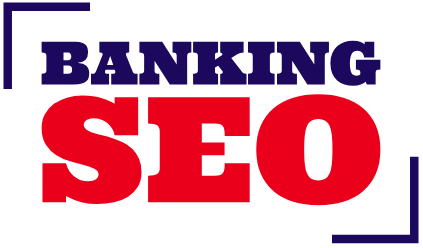On-Page SEO Optimization
Contact us
Understanding On-Page SEO Optimization
On-Page SEO Optimization is the process of fine-tuning individual web pages to improve their visibility, relevance, and ranking in search engine results. Unlike off-page SEO, which focuses on external factors like backlinks, on-page SEO is entirely within your control. It includes optimizing content, meta tags, images, headings, URLs, and internal links to make your website more search engine-friendly. This process ensures that your site not only ranks higher but also provides a seamless experience for users. Search engines, like Google, evaluate how well your pages meet search intent, and proper on-page SEO helps establish your site’s credibility and authority within your niche.

In essence, on-page SEO connects your content with the audience searching for it. It focuses on structuring information in a way that’s easy for both users and search engines to understand. From keyword placement to readability, every element plays a vital role in how search engines interpret your content. A well-optimized page increases dwell time, reduces bounce rates, and signals relevance—all of which contribute to improved rankings and conversions.
Core Elements of On-Page Optimization
An effective on-page SEO strategy starts with optimizing your meta tags—specifically the title tag and meta description. These are the first things users see on search engine results pages, so they should be compelling and keyword-rich. Header tags (H1, H2, H3) help structure your content and make it easier to read, both for users and crawlers. Proper keyword integration within the first 100 words of your content ensures that search engines immediately understand the topic of your page. However, it’s important to maintain a natural flow and avoid keyword stuffing, which can harm readability and rankings.

Image optimization is another critical factor. Compressing images without sacrificing quality improves site speed, while adding descriptive alt text enhances accessibility and helps search engines interpret visual content. Internal linking connects related pages on your website, distributing link equity and keeping users engaged longer. Clean and descriptive URLs with relevant keywords further contribute to better indexing and search visibility. Together, these elements build a strong SEO foundation for your website’s success.
Grow Trust and Clients With Every Search
User Experience and Content Optimization
Modern SEO goes beyond technical adjustments; it’s also about providing value through quality content and a superior user experience. Engaging, informative, and well-structured content keeps visitors on your site longer, reducing bounce rates and increasing conversion potential. The use of multimedia—such as videos, infographics, and charts—enhances engagement while helping break down complex topics. Readability also matters, so using short paragraphs, bullet points, and clear language ensures users can quickly absorb key information.

Website speed and mobile responsiveness are essential parts of on-page optimization. A slow or poorly designed website frustrates users and negatively affects rankings. Search engines prioritize websites that offer smooth navigation, fast loading times, and mobile-friendly layouts. Ensuring your site adheres to Core Web Vitals standards helps deliver a better user experience and boosts overall SEO performance.
Continuous Monitoring and Improvement
On-page SEO is not a one-time process—it requires continuous monitoring and adjustments. As algorithms evolve and user behavior shifts, your optimization strategy must adapt. Regularly updating content, improving internal links, and monitoring analytics data help maintain your rankings and uncover new growth opportunities. Using tools like Google Search Console and PageSpeed Insights can help you identify technical issues, track keyword performance, and enhance page elements that may be underperforming.

Periodic content audits ensure that outdated or low-performing pages are refreshed or merged with stronger content. Incorporating schema markup can also improve how your pages appear in search results, adding features like rich snippets that increase click-through rates. The key to sustainable on-page SEO success lies in constant refinement—an ongoing effort to ensure every page meets both search engine standards and user expectations.https://www.semrush.com/blog/on-page-seo/
Testimonials





